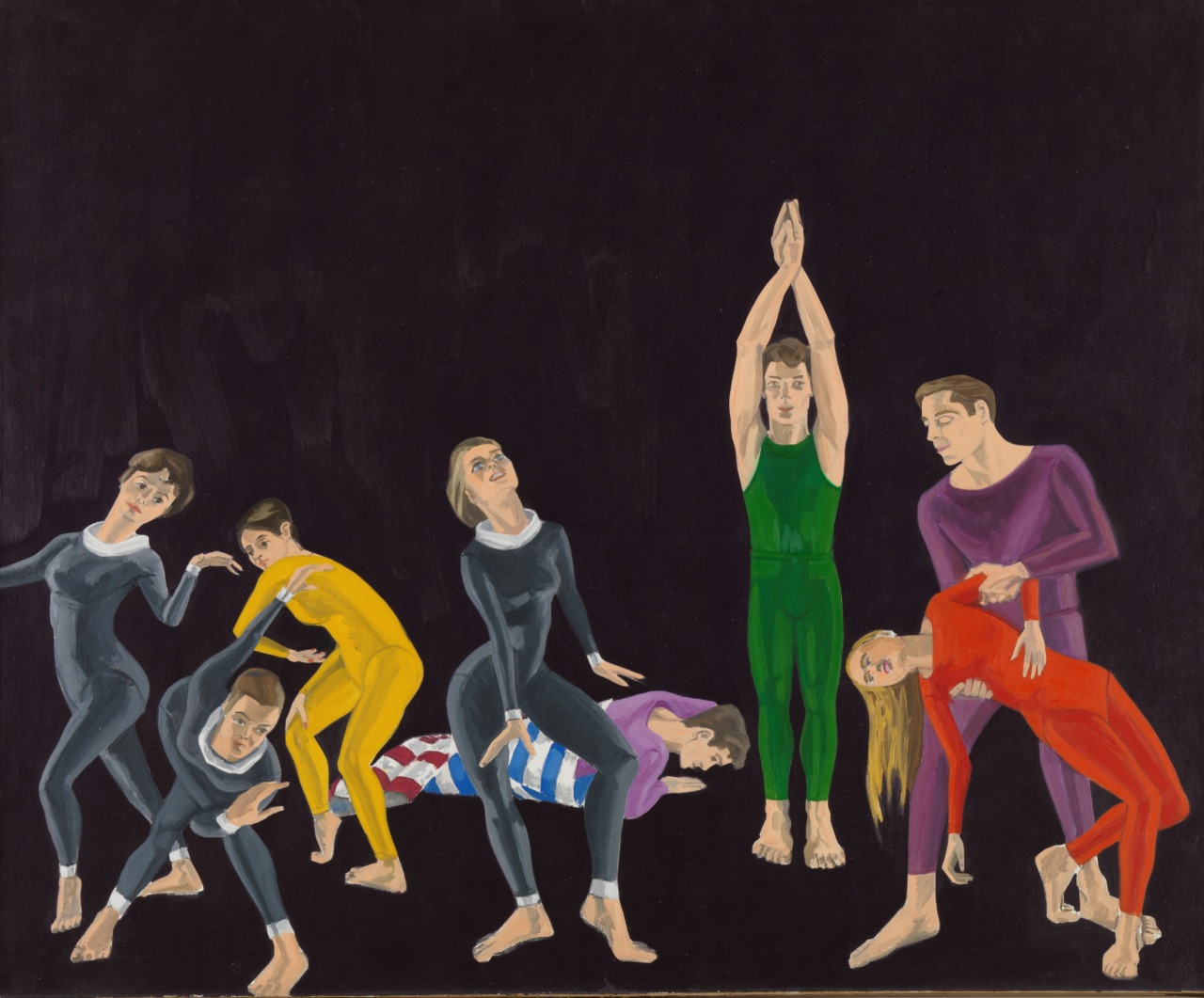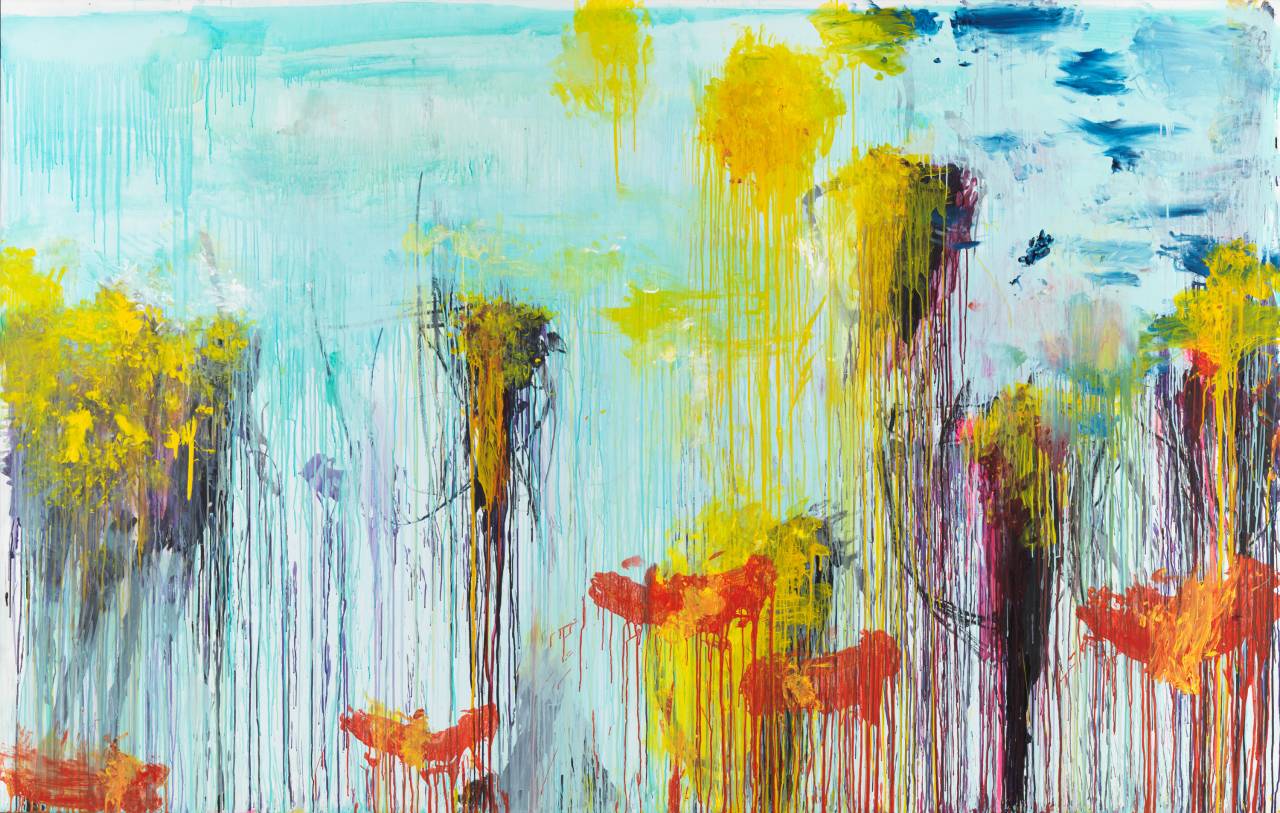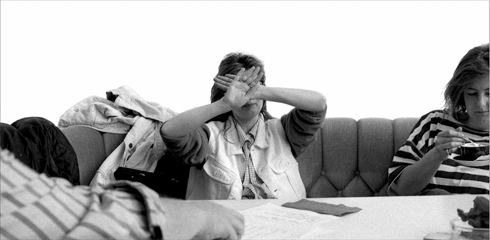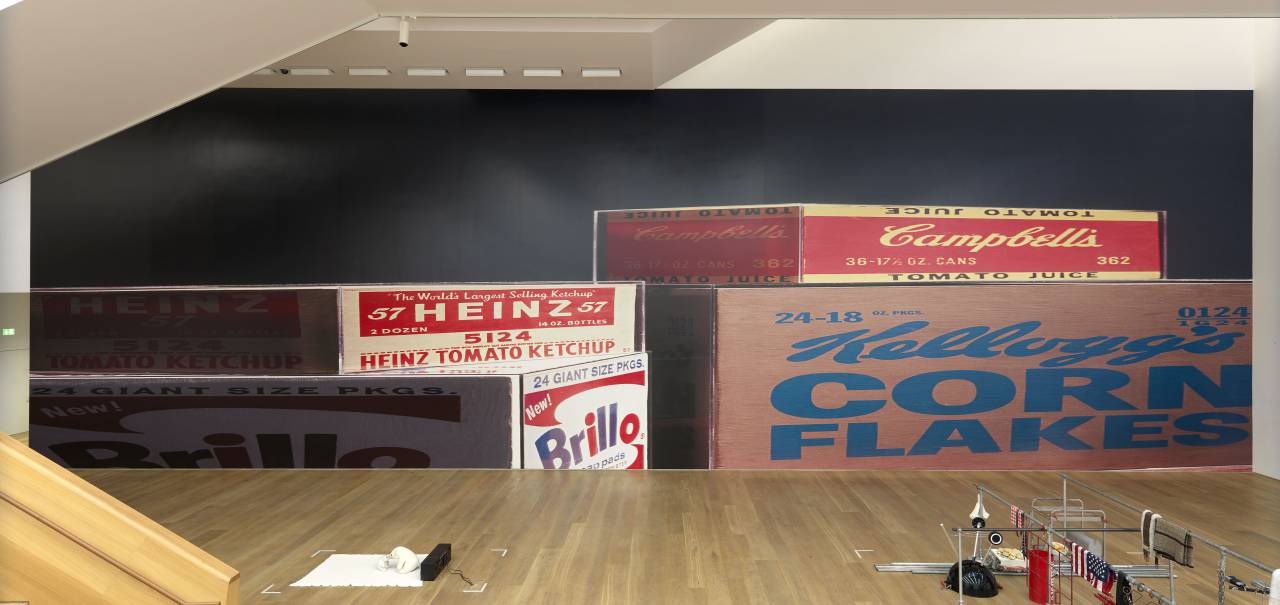Consumer Culture
Our society is determined in many areas by the consumption of goods. But what does this have to do with art? Artists also create references to advertising and the world of goods in their works. And what happens when art itself becomes a consumer object for artists?

What everyday images appeal to you on the street?
Everyday culture has been a central theme of art for centuries. Everyday images are captured and questioned, while in turn new objects, symbols, innovations, and visible changes in everyday life creep into the minds of artists. Thus, works are created that deal with public images and the peculiarities of everyday life: forms of community, advertising, everyday objects, our consumption and much more. What elements of everyday life would you want to address?
Pop Art—just cheeky, young and fun?
Pop Art, or popular art, means something like “art for everyone.” Pop Art began in the 1950s in the USA and Western Europe and was based on simple, striking images of everyday objects such as soup cans. Artists created colorful images of consumer goods labels and packaging, photographs of celebrities, and comics. Pop Art was more a lifestyle than an art movement—it was young, bold and fun! Its motifs and modes of representation virtually stuck their tongues out at the overly serious educated bourgeoisie. But it also had its dark sides.
Is it still in keeping with the times to always want the latest products?
What do we need, what do we want and what makes us happy? Do you sometimes feel that you absolutely must have this new cell phone, book or game? Are sustainability, environmental protection and fair working conditions now becoming more fashionable than consumption? Can our decisions to do without something have a greater impact?
Are you a consumer or a producer?
Are you constantly online and want your own posts to be consumed by others as well? “Don’t just surf the internet, be on the internet yourself!” Such an exclamation could almost be from the 1960s, when Pop Art was causing an uproar in the art world. Except that back then there was no internet, but instead they used mass media such as television, film, radio and newspapers. Andy Warhol foresaw that in the future anyone could be world famous for 15 minutes. Do you think that is possible and desirable today? Or has it already happened with TikTok and Instagram?
Would you like to be world famous for a day?
Since the 1980s, the media has spoken of “superstars” when referring to celebrities of global significance and universal appeal. The term is applied not only to celebrities in the fields of film, music and fashion, but also to artists. Andy Warhol, Jeff Koons, Damien Hirst and many others have turned the phenomenon of the superstar into clever artistic strategies—what do you think of that?




















